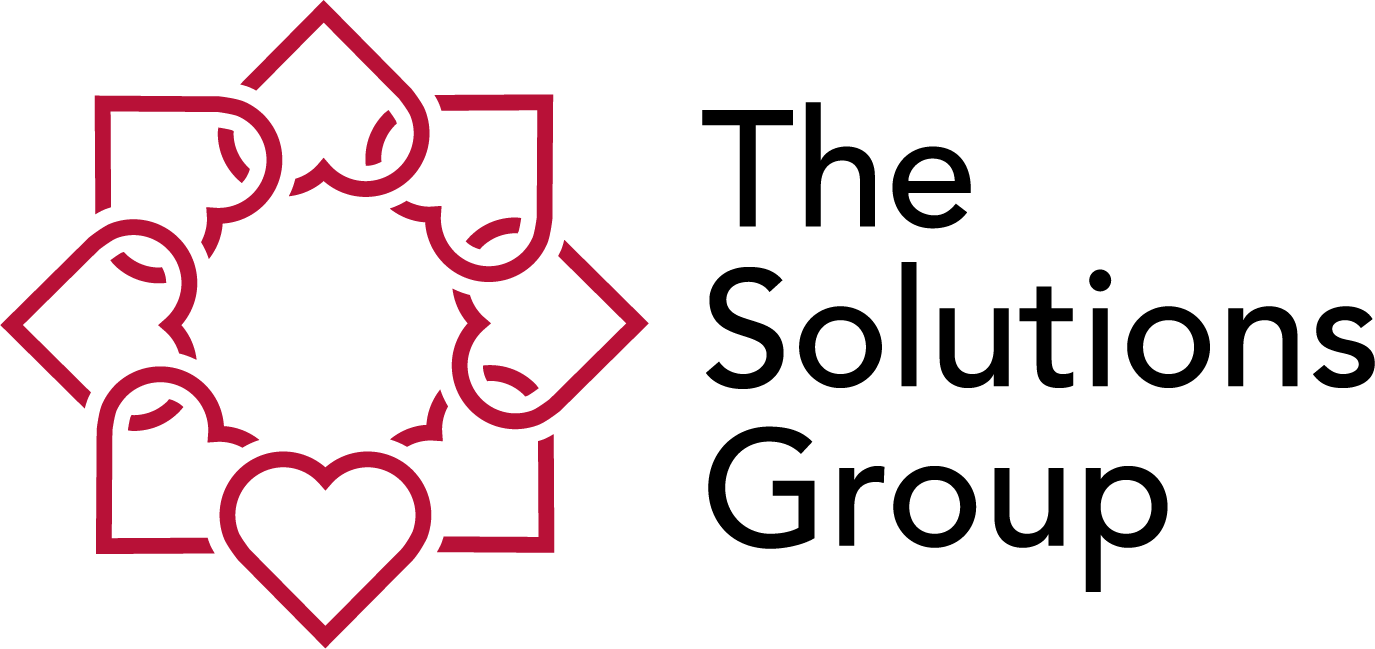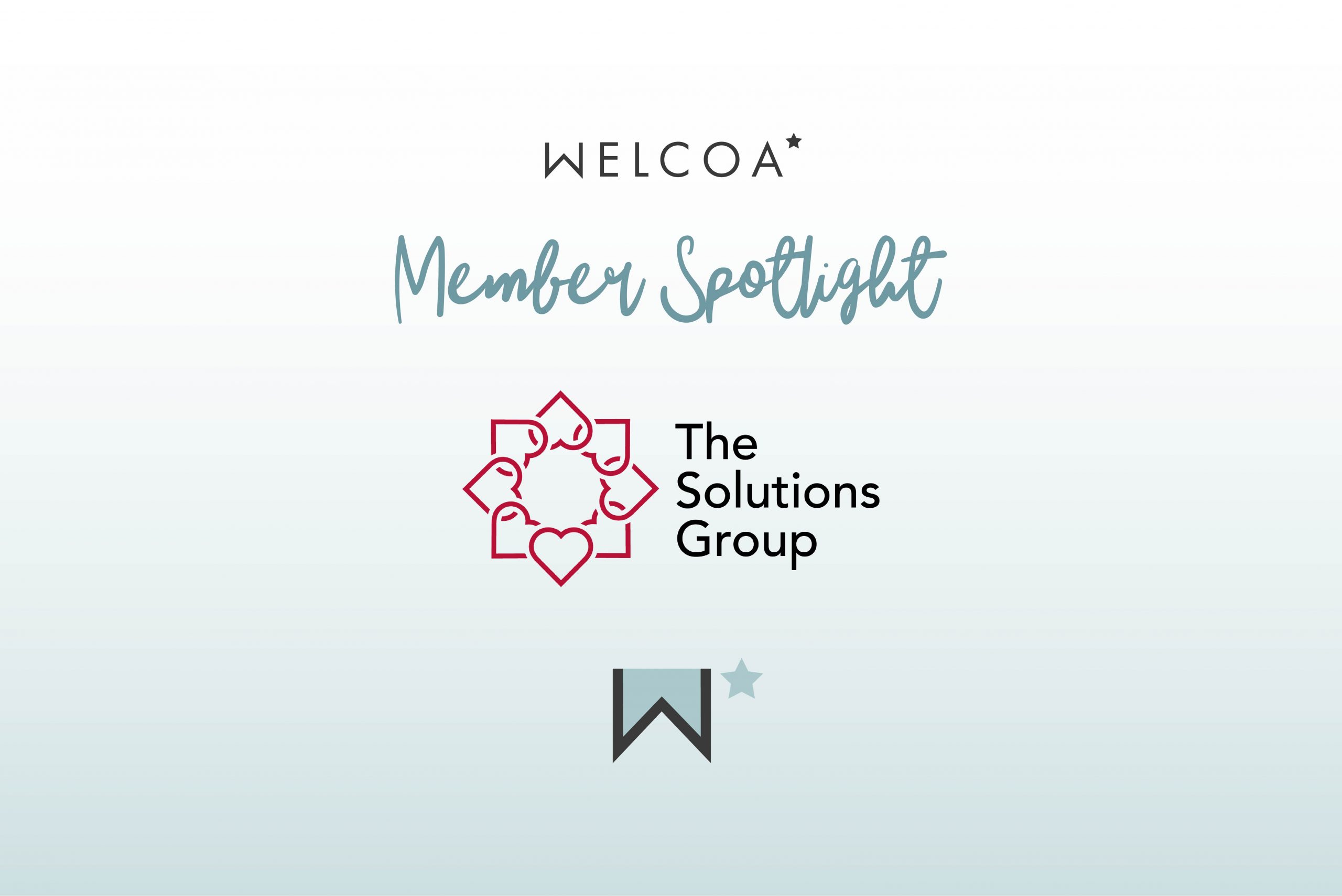During the COVID-19 pandemic, people spent a lot of time isolated and indoors, which helped foster an environment where some people now feel lonelier than ever. The result is a loss of social connectedness—the degree to which people feel the social connections and relationships in their lives to satisfy their wants and needs. When social…
Your Welcoa membership has expired.
What It Takes to Elevate Well-Being in an Organization – How It Happened at Presbyterian Healthcare Services

The Solutions Group is a subsidiary of Presbyterian Healthcare Services (PHS), a not-for-profit health system based in the State of New Mexico. As a healthcare provider, PHS has always understood the importance of maintaining the health and well-being of its staff. In recent years, the organization decided to make it a strategic imperative. They turned to a team of internal well-being specialists to make it happen.
As part of PHS, The Solutions Group is tasked with supporting the well-being of more than 13,000 employees across nine hospitals. They also provide wellness strategies and services to more than 40 employer clients across the region as well. Naturally, this team of wellness professionals was up for the task of elevating well-being.
“It took a couple of years to fully operationalize, but we have successfully elevated the concept of well-being across our entire organization,” said Sarita Loehr, Director of The Solutions Group for PHS. “Our leadership wanted to make well-being more meaningful to the organization. They made it a priority prior to COVID, and the momentum grew from there.”
In fact, the pandemic flung the doors wide open for this important transition, creating an unprecedented opportunity to engage with individuals.
“A lot of people are familiar with wellness, but they see it rather narrowly and more traditionally,” Loehr said. “If there’s been a silver lining with the pandemic, it’s that people’s knowledge, awareness, and familiarity with what well-being should feel like have risen to levels I never would have imagined. I always dreamed about engaging the entire workplace population in well-being. Our current environment is making that possible.”
Elevating the importance of, and commitment to, well-being across a large organization is no small task. The Solutions Group team understood that from the beginning and approached their work very strategically. Let’s take a high-level look at the process they followed.
Step One: Define It
The team began their new journey by first making sure there was a common understanding of what well-being really meant. It was important that the holistic nature of well-being was cemented in this definition and that it was clear to leadership what was needed to be successful.Step Two: Find the Why
The next question was simple. Why? Why does well-being matter to the organization? After all, elevating well-being and making it a priority is no small task. What would make it worth the effort?“My dad would always say that life is so beautiful, and it is so hard,” said Loehr. “That’s always resonated with me, and it’s very illustrative of why we need well-being. We all have ups and downs. We need to fill our buckets when they are running low. We understood that as an organization, we had to do this because it meant that we could pave a better path for our employees, and for our clients.”
Step Three: Listen
PPHS employees like all healthcare systems were expressing feelings of burnout and being overwhelmed with an enormous responsibility placed on their shoulders.“And we were listening,” said Elizabeth Chavez, a Wellness Program Specialist with The Solutions Group. “Our leadership responded to the feedback and to the needs our staff raised. They wanted to make sure that our well-being efforts would be supportive to the workforce and begin to address the feedback.
Step Four: Formalize the commitment
“We decided to make well-being part of the senior-level strategy for the organization so that we could hold ourselves accountable,” Loehr said. “Well-being was included inside of one of our three strategic aims. Its prominence there was significant.”Step Five: Make it Real
As the organization moved toward operationalizing well-being, it was important to make this abstract concept much more concrete.“It needed to be holistic, and it had to meet the needs of our people,” Chavez said. “It had to be easy to absorb, and easy for people to engage. So, we built an approach that was pliable, flexible, something that could go into different spaces and cater to different segments of the population. It was an approach that truly met individuals where they are on their well-being journey.”
An important part of the process was that many subject matter expert departments within PHS came together to collaborate and create a central place for colleagues to find the right resources. The organization also fully committed to communications and education, including a six-week launch of the new well-being program.
“You can take the easy route to building a program, or you can do the hard work,” Loehr said. “We chose to do the work and to create something that actually delivers value.”
Order Up for Well-Being
One of the most innovative components of PHS’s internal program is the ability for team leaders to request customized wellness programming. By simply filling out an intake form, a leader can bring a challenge to The Solutions Group team and get a customized solution.“A leader can come to us and say that their team is stressed, burned out, exhausted, and needing help with self-care,” Chavez explained. “We’ve come up with so many wonderful ways to deliver well-being on a team-by-team basis.”
The next challenge is how to continue to respond to needs and to have wellness be a place where the organization goes to make things better.
“We are thrilled right now with how many requests we are receiving,” Loehr said. “We are assessing how to be more efficient but still deliver this impact. Because it works and it’s important. The sustainability of it is yet to be determined. We want to be creative and find ways to ensure we can continue because again, it’s a high-value offering.”
Project Relief
“PHS employees and clients have had to endure a lot during the pandemic, obviously,” Loehr said. “There have been times during COVID-19 surges our clinical staff were overwhelmed with patients and our nurses were short-staffed. We try to do what we can to make it better. In some cases, it’s small gestures, like sponsoring a coffee truck to make a hot drink easily accessible during the night shift or offering chair massages to release a little tension. We’ve tried to create an accumulation of thoughtful, small touches. The staff appreciate just having someone recognize what they are going through and showing them the organization cares.”These thoughtful touches were organized through special initiatives called Project Relief and Well-Being Cares. The effort was a combination of planned activities and giveaways alongside timely responses to specific situations. As an example, one afternoon, The Solutions Group team saw a critical bulletin come across their email. There was an 18-hour wait in the Emergency Room. Let that sink in. 18 hours.
“Our team quickly recruited volunteers and delivered food to the ER staff immediately,” Loehr said. “As we entered the ER, there was a frustrated patient yelling at a clinical staff member, lots of people anxious and frustrated. One of the nurses greeted us to confirm if the food we were bringing was actually for the staff. We said yes, and she was surprised and grateful.”
Strategy as a Core Value
“I believe deeply in strategy,” Loehr said. “We applied strategy to our internal program, and we create that process for clients. It can be intimidating sometimes for wellness people to really lean into strategy. They think they have to write it all, and do it all, like it’s a test. That’s not how it has to be. We break it down into easy steps and give clients the comfort that they can move at their own speed. We’ll get there together.”Loehr points to a specific client partnership as an example of how strategy can come to life.
“We work with the City of Albuquerque, and that’s the model we want to see all our clients follow,” she said. “They are highlight committed when it comes to long-term strategy. We want to help other organizations without a strategy in place to follow in their footsteps because it’s the right path to take.”
Loehr said her team relies heavily on WELCOA’s framework and philosophies when approaching strategic planning.
With the WELCOA Checklist, you can gain a better understanding of which of the seven benchmarks you need to focus on. From there you can create a pathway to focus on one thing at a time. and build success over time.
Continuing the Learning
This past year, the Solutions Group has also leaned on WELCOA to facilitate professional development among team members.“We’ve taken steps to make sure our team is intentional and committed to learning by leveraging WELCOA resources,” Loehr said. “One way we’ve accomplished this is by blocking off time on everyone’s calendars for continuing education. We actually are creating the time to learn by scheduling it.”
Each team member can choose what they are interested in learning. The only requirement is that they bring their new wisdom back to the group and share it during WELCOA Rounding meetings that are held each month.
“We come together, debrief what we’ve learned, and then brainstorm new ideas,” Loehr said. “It’s a really efficient way to learn and share information.”
The team has gone above and beyond the learning requirements. All team members have individually charted a path to obtain faculty status with WELCOA.
Six Tips on Elevating Well-being from Solutions Group
Loehr and Chavez also outlined several best practices that have been critical in their organization’s journey to elevate well-being. They are highlighted below.Be Creative
“I don’t think you can underestimate how important creativity is,” Loehr said. “You have to keep it fresh, keep an open mind, and allow your team to take you places you didn’t think were possible.”
Act on Purpose
“If you have purpose and understand what that is for your wellness program, you will do the right things,” Loehr said. “Sometimes you get sideways, or you just give it a half measure. Oh, we’ll just do two challenges instead of four, and our population will be happy with that. If you keep your purpose front and center, you will always get back on track and have the motivation you need to go all in.”
Rely on Others
“It’s all about interdependence because you don’t have all the answers,” Chavez said. “Use the strengths and experiences of others to help you. I think that’s what it takes. Go find other people to help you. Latch on to someone who is willing to take a risk or do something outside the lines.”
Continually Challenge
“Keep challenging your team,” Loehr said. “Don’t burden them. Be sure they are supported, and it’s a collaborative process. But always push them to keep striving and never settle. Remember the people we’re trying to serve. How can we help them?’
Context is King
“Sometimes, you have to take a step back and remember that for a lot of people, this concept of well-being is new,” Chavez said. “It’s important to take that context into account and see your programming and your communications from the perspective of the people you’re trying to engage. What do they need to know? What do they want to hear?”
Everything Matters
“You never know when you are going to reach someone, or touch someone, or be there exactly when they need you,” Loehr said. “Every challenge, every resource, every event. It’s all important. You just have to consistently make well-being available, and people will find it when they need it.”
Want to learn more about The Solutions Group, or how your wellness program can benefit from the WELCOA 7 Benchmarks?




